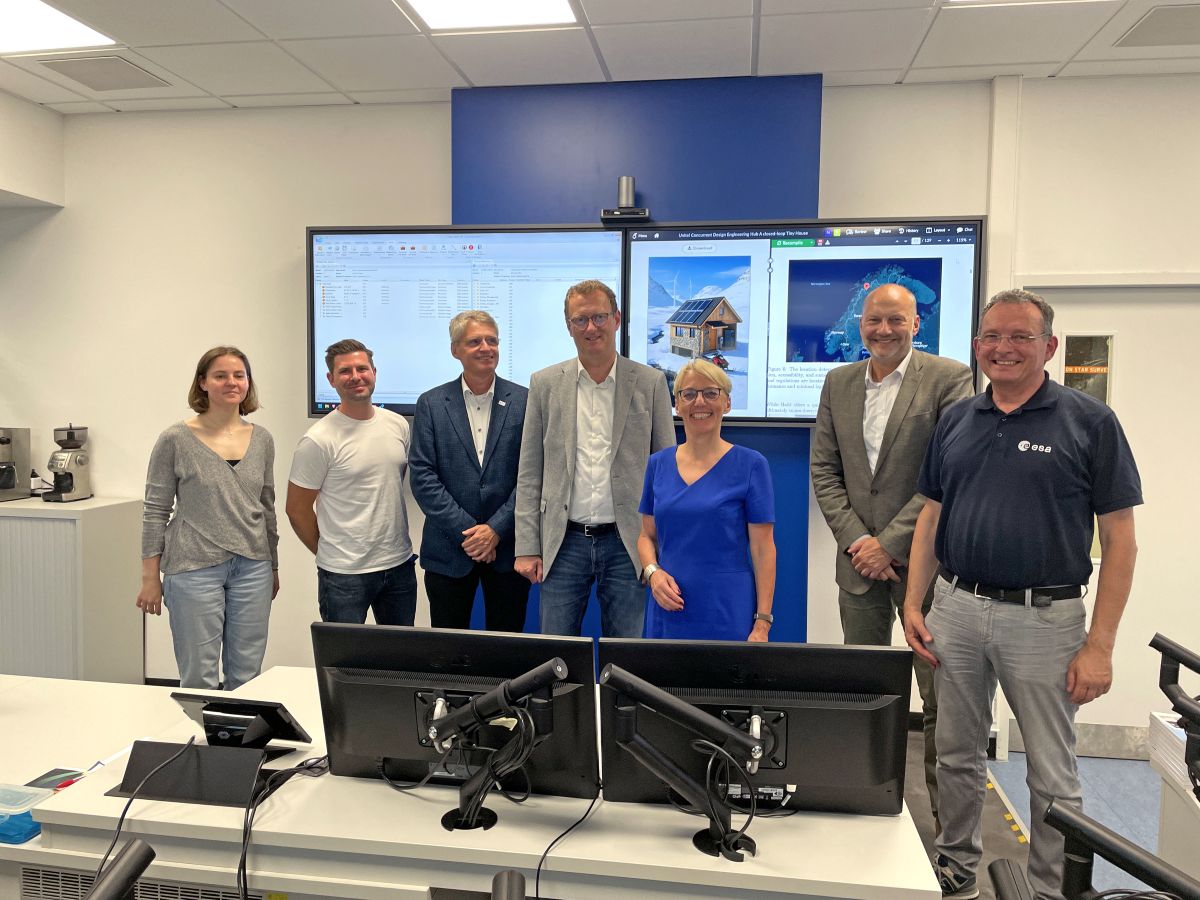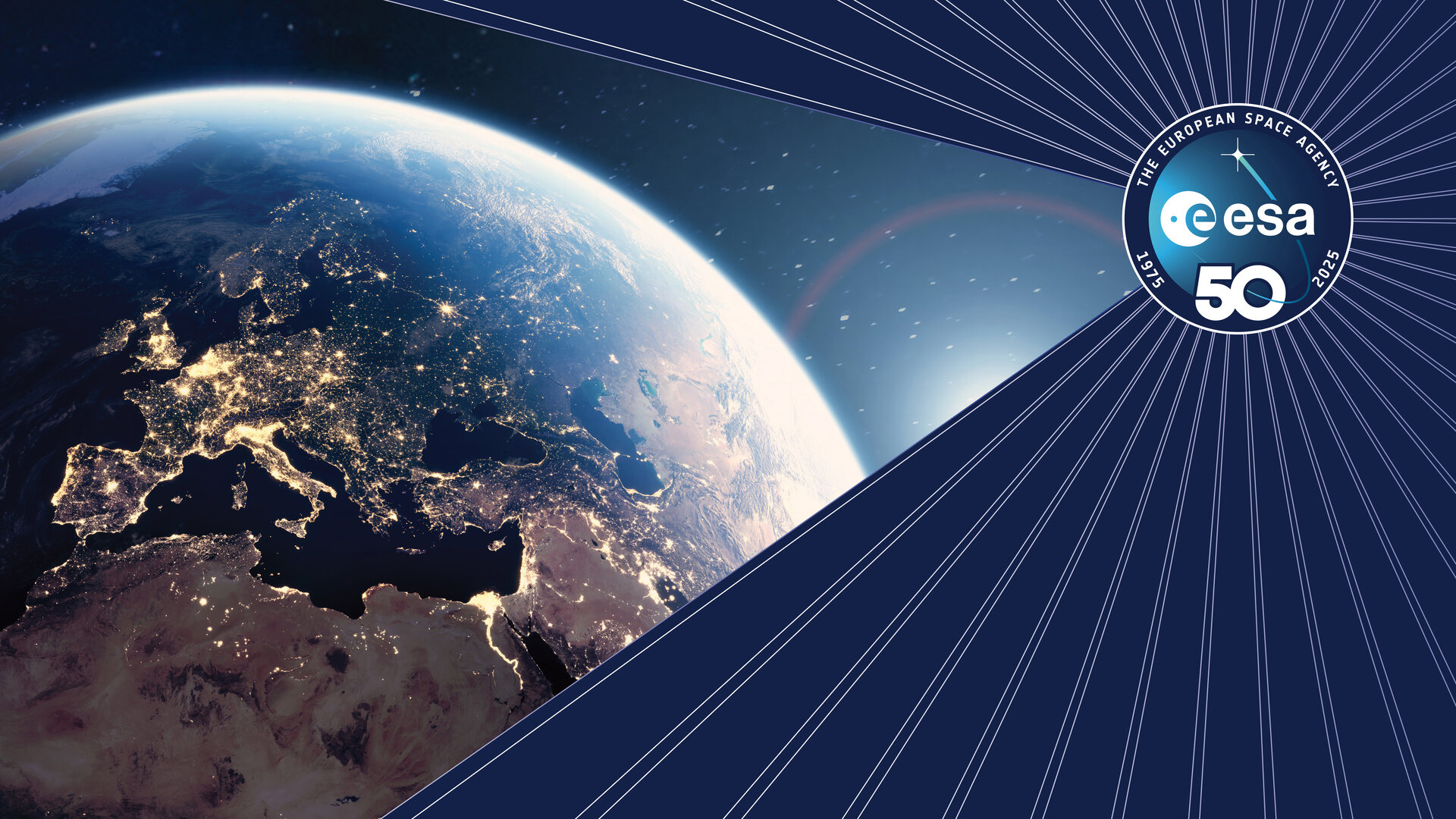Juice – playing pinball with Jupiter’s moons
The complex mission design behind Juice's tour of the Jupiter system
ESA’s ambitious Jupiter Icy Moons Explorer (Juice) mission is about to launch next week on 13 April. It kicks off a long and complex journey to tour the Jupiter system, including going into orbit around a moon that is not our own for the first time.
To figure out the precise trajectory of a spacecraft is an important part of a mission’s overall design. For Juice, there is a delicate balance to be found between maximising the scientific data to be collected and sent back to Earth, and the constraints of operating a spacecraft so far across the Solar System with a limited supply of propellant onboard.
The resulting trajectory promises to be a journey full of firsts, with ESA’s European space operations centre (ESOC) once more pushing the boundaries of deep space operations.
Getting Juice to Jupiter
As soon as studies are conducted to scope out potential ESA science missions, the Mission Analysis team at ESOC gets involved. To help determine the feasibility and possible scientific return of a potential mission, you need experts who can calculate the possible trajectories with the scientific and operational constraints in mind.
Propellant is always a scarce commodity, because there’s only so much weight a rocket launch can lift off the Earth’s surface into space. Instead, interplanetary missions use gravity assists to slingshot the spacecraft across the Solar System.
“You’re balancing the need for speed against the weight it would require”, says Arnaud Boutonnet, Mission Analysis Responsible for Juice. “Juice would need an impossible 120,393 kilos of propellant for the tour of Jupiter's moons alone, not even including the fuel needed to get to Jupiter first. But leveraging gravity means you must accept it takes almost 13 years to complete the mission.”
Other constraints are more specific to the destination of the Juice mission, the Jupiter system. Jupiter has a very strong magnetosphere fed with charged particles by its volcanic moon Io, leading to a harsh radiation environment. To make sure the spacecraft’s delicate electronics don’t get damaged, they are protected in a vault. But this is not enough: exposure must be time-limited, requiring precise manoeuvres and orbits – while each trajectory change costs precious propellant and limits the mission’s duration.
Juice’s challenging final trajectory involves multiple gravity assists on the way to Jupiter – including the first ever Lunar-Earth flyby – and an impressive 35 flybys of its Galilean moons Europa, Ganymede and Callisto. The final focus will be on Ganymede, making Juice the first spacecraft ever to orbit a moon other than our own.
Juice on tour within the Jupiter system
The most challenging part for the Flight Control Team comes when Juice finally arrives at Jupiter in 2031 and during its tour of Jupiter’s planetary system.
The single most important manoeuvre they will command Juice to make is to slow it down about one km/s only 13 hours after a Ganymede gravity assist and ‘take the exit’ to enter the Jupiter system and insert itself into orbit around Jupiter.
Jupiter is so far away from the Sun, that the solar arrays spanning 85 m2 will only generate about 800 W of energy – less than your vacuum cleaner uses. It is therefore vital that there are no long eclipses that will drain Juice’s batteries when flying by Jupiter and its moons. And at all times, Juice will need to stay away from the damaging radiation as much as possible.
To work with the operational constraints and to allow all the instruments to collect the data they need at the optimal time and place, the science phase was cut into building blocks that were separately designed and then glued together. The mission designers played with the size of the various orbits to connect the building blocks, with Juice going from one moon to the next, until it will finally enter orbit around Ganymede in 2034.
The short duration of each fly-by requires a careful sequencing of the 10 scientific instruments to optimise the data collection. The spacecraft orientation is meticulously designed while monitoring the available power and filling status of the solid-state memory.
Science operations ensure that the science objectives of the mission are fulfilled with the resources provided by the spacecraft. The various instruments’ observations complement each other as much as possible to maximise the scientific return.
Juice’s scientific contribution
Once Juice is safely in the Jupiter system, the science phase starts. After the long wait, scientists will finally receive the detailed observations of the giant gas planet Jupiter and its three large ocean-bearing moons – Callisto, Europa and in particular Ganymede.
Juice has a suite totalling ten unique science instruments, one experiment and one radiation monitor on-board. The mission will characterise the moons as planetary objects and possible habitats for life. It will also explore Jupiter’s complex environment in depth and study the wider Jupiter system as an archetype for gas giants across the Universe.
Ultimately, the mission’s ambitious goals require an ambitious trajectory and complex operations.
''If you want to design and operate a mission to a giant planet to make a tour, playing pinball with Jupiter’s moons,” says Arnaud Boutonnet. “Then there are only two places where you can do that, one is at NASA in Pasadena and the other one is at ESA’s ESOC. Because we are at the very edge of research, where nothing quite like this has been done before.''

Artist's impression of Juice with all its instruments folded out
The Juice mission is part of ESA’s Cosmic Vision (2015-2025) programme and together with the European space science community will help find answers to two important fundamental questions: What are the conditions for planet formation and the emergence of life? How does the Solar System work?
If we look at Juice’s trajectory, trying to answer these fundamental questions will be nothing like a straight line.



